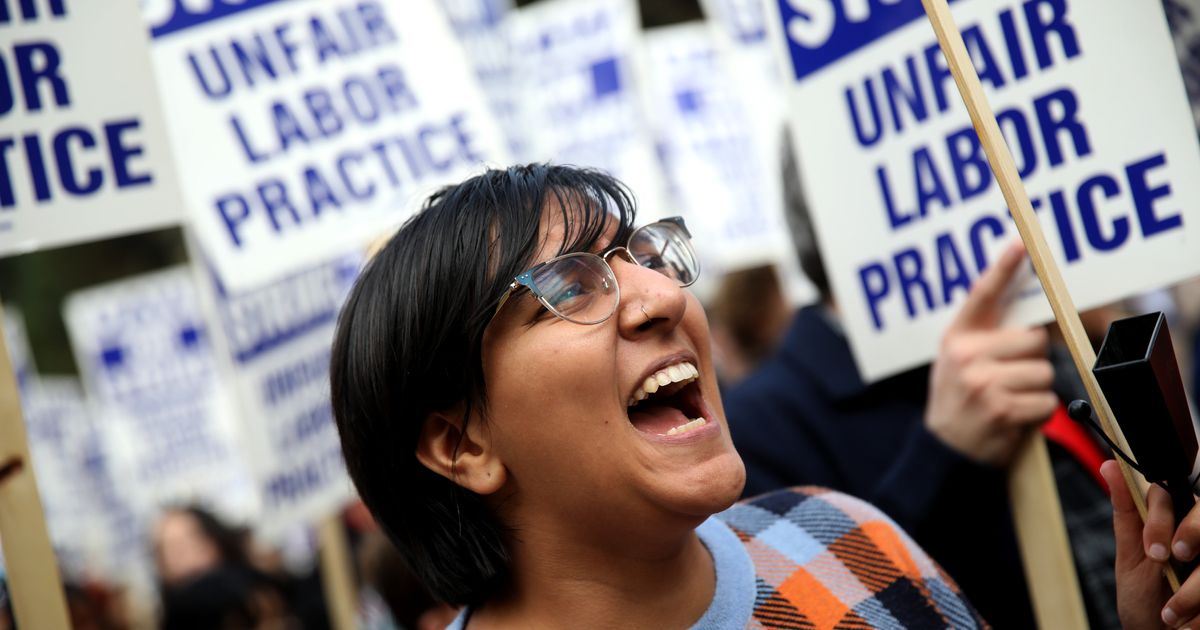Key takeaways:
- The US Bureau of Labor Statistics reported 23 large strikes in 2022, involving nearly 121,000 workers, up from 16 large work stoppages in 2021 involving 81,000 workers.
- The study from Cornell University identified at least 424 work stoppages of all sizes last year, up from 279 the previous year, or a 52% increase.
- The US Bureau of Labor Statistics figures show that the work stoppages involved at least 224,000 workers, up from 140,000 in 2021.
A recent study from Cornell University School of Industrial and Labor Relations has revealed that the number of work stoppages in the US has increased significantly in the past year. According to the US Bureau of Labor Statistics, there were 23 large strikes in 2022, involving nearly 121,000 workers, up from 16 large work stoppages in 2021 involving 81,000 workers.
One of these strikes was led by Teamsters Local 230 member, Miller, and 230 of his coworkers. Miller and his coworkers had gone on strike in order to press their employer, Sysco, for better pay and working conditions. However, Miller said that the company had forgotten about its “essential” workforce and wasn’t willing to increase pay or curb what the workers called excessive overtime.
The study from Cornell University also identified at least 424 work stoppages of all sizes last year, up from 279 the previous year, or a 52% increase. This increase in work stoppages is indicative of a tight labor market, as workers take advantage of the situation to press employers for better pay and working conditions.
Miller commented on the situation, saying, “Everybody was scared, whether it was workers or employers.” He noted that the strike was a difficult decision for everyone involved, but that the workers felt it was necessary in order to get the attention of their employer.
The US Bureau of Labor Statistics figures show that the work stoppages involved at least 224,000 workers, up from 140,000 in 2021. This increase in work stoppages is indicative of a tight labor market, and of workers taking advantage of the situation to press employers for better pay and working conditions.





Be First to Comment